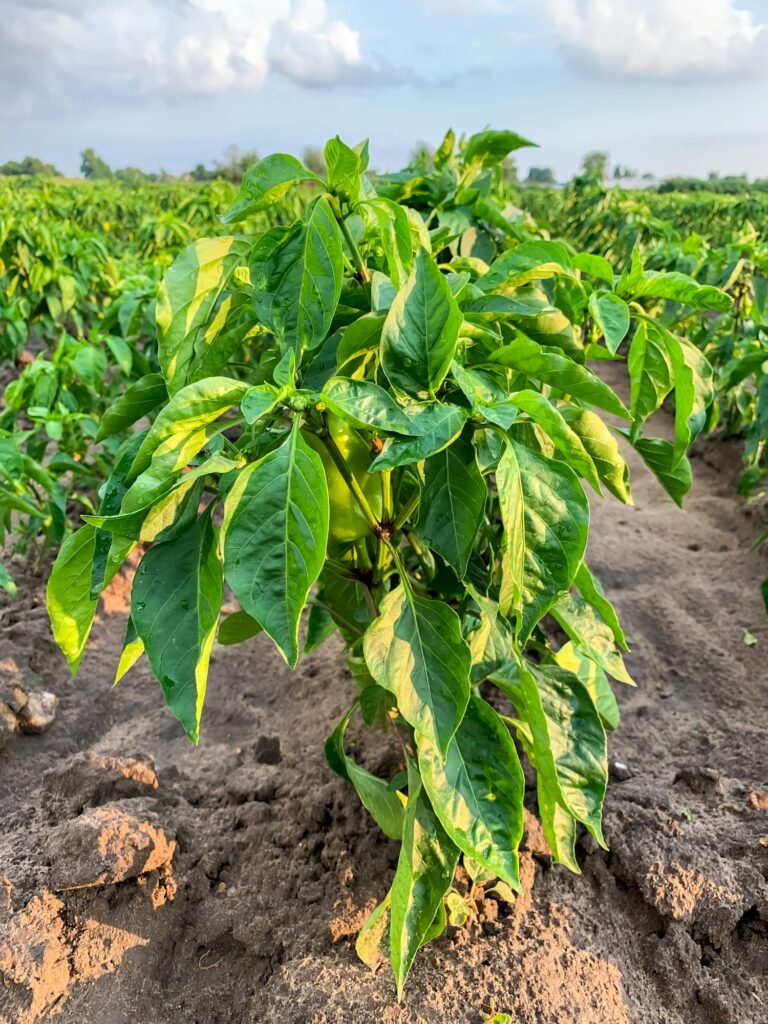How to Ripen Green Pumpkins After the Vine Dies

Accidents happen, even in the pumpkin patch. But fear not! There’s a solution to turn those green gourds a lovely shade of orange after the vine has met an untimely demise. Whether it’s due to an unexpected frost, pesky plant diseases, or even a snip of the shears, we’ve got you covered.
So, grab your gardening gloves and let’s delve into the world of ripening green pumpkins after the vine has called it quits.
Understanding Why Your Vine Died
Before we get into the nitty-gritty of turning those green gourds orange, let’s explore the reasons behind a premature demise of your pumpkin vine.
1. A Frost You Didn’t See Coming
A common culprit in the premature demise of a pumpkin vine is an unexpected frost. According to experts, it’s crucial to plant your pumpkin seeds with enough time for the fruits to be at least 50% mature before the average first frost date in your area.
If you find yourself with green pumpkins due to an early frost, don’t fret! While a light freeze may kill the vine, the fruit can still be salvaged. However, temperatures below 28°F can lead to fruit damage, so it’s best to harvest your gourds after the first vine-killing freeze.
2. A Disease That Kills the Vine
Plant diseases can quickly turn a thriving pumpkin vine into a wilting mess. Keep a close eye on your plants for signs of disease, such as wilting leaves or unusual spots. Early intervention is essential to prevent the vine from dying prematurely.
In case you missed the warning signs and your vine has already succumbed to disease, all hope is not lost!
3. A Broken Vine
Accidents happen, and a broken vine can leave your nearly ripe pumpkins in a tough spot. If you accidentally severed a vine while tending to your garden, you can still help the fruit reach its full potential.
How to Turn Your Pumpkins Orange
Now that you understand why your vine may have perished prematurely, let’s focus on ripening those green pumpkins into a vibrant shade of orange.
-
Harvest and Clean: Use a sharp knife to detach the fruit from the dead vine, leaving at least three to five inches of stem intact. Avoid handling the fruit by the stem to prevent rot. Wipe the gourd clean with a dry cloth.
-
Optimal Placement: Find a warm, sunny spot for your pumpkin. Ideally, temperatures between 80-85°F are best for ripening. If the weather permits, leave your gourd outside to bask in the sun. Otherwise, choose a sunny window indoors.
-
Rotate and Wait: Turn your green gourd daily to ensure even ripening. It may take several weeks for the pumpkin to transition from green to orange, so be patient.
-
Curing and Storing: Allowing your pumpkin to soak up the sun not only aids in ripening but also helps with curing. Once your gourd has turned orange, store it in a cool, dry place for future use or as a festive decoration.
-
Embrace the Green: Sometimes, despite your best efforts, a pumpkin may stubbornly remain green. Don’t despair! Green pumpkins make excellent jack-o’-lanterns and can still be used in culinary creations.
In Conclusion
The journey from green to orange may seem daunting, but with a little patience and care, you can salvage those unripe pumpkins after the vine has withered away. So, embrace the challenge, enjoy the process, and savor the fruits of your labor in the form of vibrant, orange pumpkins ready for Halloween festivities and fall recipes.
Have you encountered green pumpkins in your garden? Share your experiences in the comments below, and don’t hesitate to reach out with any questions or stories. Before you go, check out our wealth of resources on pumpkin growing, including tips on hand-pollination, cultivating giant pumpkins, and selecting the best varieties for your cooking endeavors.
Happy harvesting and may your pumpkins glow brightly in the autumn sun!
*Photos by Laura Ojeda Melchor





